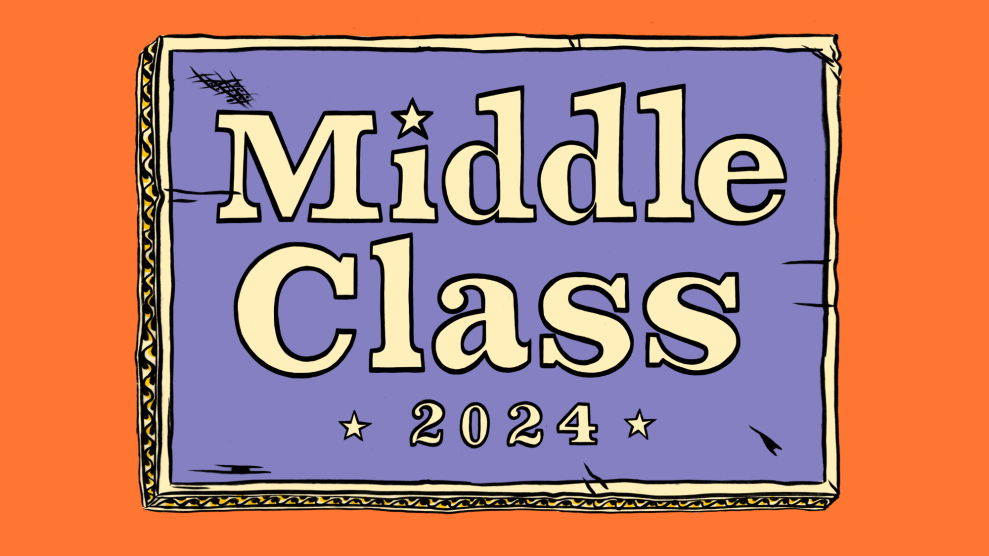1961: Procter & Gamble unveils Pampers.
1970: American babies go through 350,000 tons of disposable diapers, making up 0.3% of U.S. municipal waste.
1980: American babies wear 1.93 million tons of disposables, 1.4% of municipal waste.
1981: Disposables start using super-absorbent polymers; size reduced 50%.
1984: Cabbage Patch Kids appear on the first “designer diaper.”
1990: Disposable diapers now constitute 1.6% of municipal waste. 7 in 10 Americans say they would support their ban.
1990-91: Dueling studies by Procter & Gamble and the National Association of Diaper Services assert the merits of disposables and cloth, respectively.
1999: Pampers-funded pediatrician T. Berry Brazelton tells parents not to rush toilet training.
2000: Diapers compose 2% of municipal waste.
2005: The ultimate low-impact trend for people without shag carpets: “elimination communication,” i.e. teaching your infant to go diaper free.
2006: American babies wear 3.6 million tons of disposables, constituting 2.1% of municipal waste.
2007: Julia Roberts touts flushable diapers, with one caveat: “If you don’t really break it all the way up, it doesn’t go all the way down.”
2007: Pampers introduces diapers for kids weighing more than 41 lbs (typical for age 5).
2500: Early 21st-century disposable diapers will finish biodegrading.








